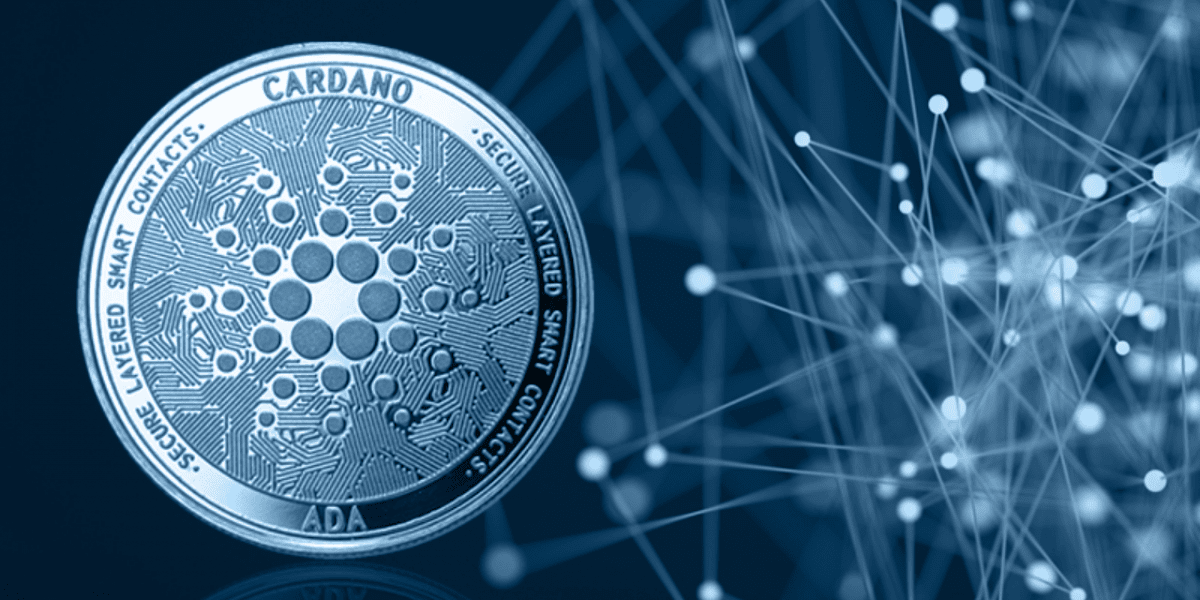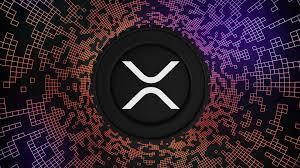Cryptocurrencies have become a transformative force in the financial landscape, and among them, Cardano (ADA) stands out as a beacon of innovation and potential. Launched in 2017, Cardano has garnered attention for its unique approach to blockchain technology, promising a scalable and sustainable platform for the development of decentralized applications (DApps) and smart contracts. In this deep dive, we’ll explore the key features, technology, use cases, and the future prospects of Cardano.
Cardano was conceptualized by Charles Hoskinson, a co-founder of Ethereum, with the goal of creating a blockchain platform that is secure, scalable, and sustainable. What sets Cardano apart is its commitment to a scientific and academic approach, ensuring that every development is grounded in rigorous research and peer-reviewed processes.
The Cardano project is built on a foundation of three key principles: scalability, interoperability, and sustainability. These principles guide the development and evolution of the Cardano blockchain.
At the heart of Cardano’s secure and scalable infrastructure is its consensus algorithm, Ouroboros. Unlike traditional proof-of-work (PoW) systems, Ouroboros relies on a proof-of-stake (PoS) model, where validators, or stakeholders, are chosen to create new blocks based on the amount of cryptocurrency they hold and are willing to “stake” as collateral.
This PoS system not only reduces the environmental impact associated with PoW but also enhances scalability, allowing Cardano to handle a high volume of transactions with efficiency.
Cardano’s architecture is designed with scalability and flexibility in mind. It consists of two layers: the Cardano Settlement Layer (CSL) and the Cardano Computation Layer (CCL).
Cardano Settlement Layer (CSL): This layer is responsible for handling ADA transactions. It ensures the secure transfer of ADA tokens and serves as the financial backbone of the Cardano blockchain.
Cardano Computation Layer (CCL): The CCL is where smart contracts and decentralized applications are executed. This separation of concerns enhances the overall efficiency of the Cardano network.
While Cardano was initially criticized for its delayed implementation of smart contracts, the Alonzo upgrade, launched in September 2021, marked a pivotal moment for the platform. With Alonzo, Cardano has entered the era of smart contracts, opening the door to a wide range of decentralized applications and use cases.
Developers can now leverage the Cardano platform to create smart contracts using Plutus, a purpose-built smart contract development language. This development has expanded Cardano’s utility beyond a simple cryptocurrency to a comprehensive platform for decentralized finance (DeFi), non-fungible tokens (NFTs), and more.
Cardano’s potential is not confined to theoretical frameworks but extends into real-world use cases. The platform has been actively pursuing partnerships and collaborations across various industries.
Education: Cardano has collaborated with several educational institutions to promote blockchain education. The platform aims to nurture a new generation of blockchain developers and researchers.
Agriculture: In Ethiopia, Cardano is working on a blockchain-based solution to trace the supply chain of coffee beans. This ensures transparency and fairness in the coffee trade.
Identity Verification: Cardano is exploring the use of its blockchain for identity verification. This can be particularly impactful in regions where many individuals lack formal identification.
While Cardano has achieved significant milestones, it is not immune to challenges and criticisms. One common criticism is the relatively slow pace of development, especially in the earlier years. However, proponents argue that this deliberate approach ensures a more secure and robust platform in the long run.
Regulatory uncertainties also pose challenges for Cardano and the broader cryptocurrency space. As governments grapple with the regulation of digital assets, Cardano must navigate these evolving landscapes with care.
The trajectory of Cardano is one of ongoing evolution. The platform continues to refine its infrastructure, with future upgrades and developments on the horizon. One such upgrade is the implementation of the Basho era, which focuses on optimizing the scalability of the Cardano blockchain.
Cardano’s founder, Charles Hoskinson, envisions a future where the platform plays a pivotal role in reshaping the global financial landscape. The Cardano community remains optimistic about the platform’s ability to foster positive change through secure, scalable, and sustainable blockchain solutions.
Cardano’s journey from scientific concept to a fully functional blockchain with smart contract capabilities has been nothing short of remarkable. As the platform continues to unfold its layers of innovation and real-world applications, the crypto community eagerly anticipates the role Cardano will play in the broader blockchain revolution.
In the ever-evolving landscape of cryptocurrencies, Cardano stands as a testament to the potential of blockchain technology to redefine how we transact, create, and interact in the digital age. As the Cardano community actively contributes to its growth and development, the future holds the promise of even greater accomplishments for this pioneering blockchain platform.




